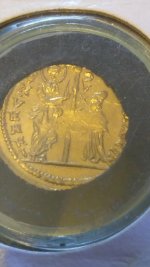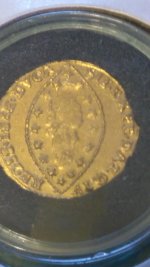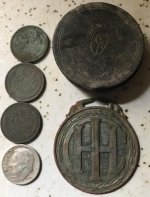Crow
Silver Member
- Jan 28, 2005
- 3,552
- 9,927
- Detector(s) used
- ONES THAT GO BEEP! :-)
- Primary Interest:
- Other
Greetings all shipwreck enthusiasts. Grab and ale sit back and enjoy the yarn of Grosvensor.

The wreck of the Grosvenor, an East Indiaman, occurred on 4 August 1782 on the Pondoland coast of South Africa, north of the Umzimvubu River. The shipwreck was close to the place where the Portuguese ship São João had gone down more than two centuries earlier on 8 June 1552.

The Grosvenor was a three-masted ship of 729 tons on her return voyage to England when she was wrecked, carrying a crew of 132 and 18 passengers (12 adults and 6 children), and a cargo valued at £75,000. Of the 123 survivors, only 18 reached Cape Town and were repatriated, the remainder dying of their privations or joining with tribes.
Four survivors, Robert Price, Thomas Lewis, John Warmington, and Barney Larey, eventually got back to England,
To be continued.....
Crow
The wreck of the Grosvenor, an East Indiaman, occurred on 4 August 1782 on the Pondoland coast of South Africa, north of the Umzimvubu River. The shipwreck was close to the place where the Portuguese ship São João had gone down more than two centuries earlier on 8 June 1552.
The Grosvenor was a three-masted ship of 729 tons on her return voyage to England when she was wrecked, carrying a crew of 132 and 18 passengers (12 adults and 6 children), and a cargo valued at £75,000. Of the 123 survivors, only 18 reached Cape Town and were repatriated, the remainder dying of their privations or joining with tribes.
Four survivors, Robert Price, Thomas Lewis, John Warmington, and Barney Larey, eventually got back to England,
To be continued.....
Crow







